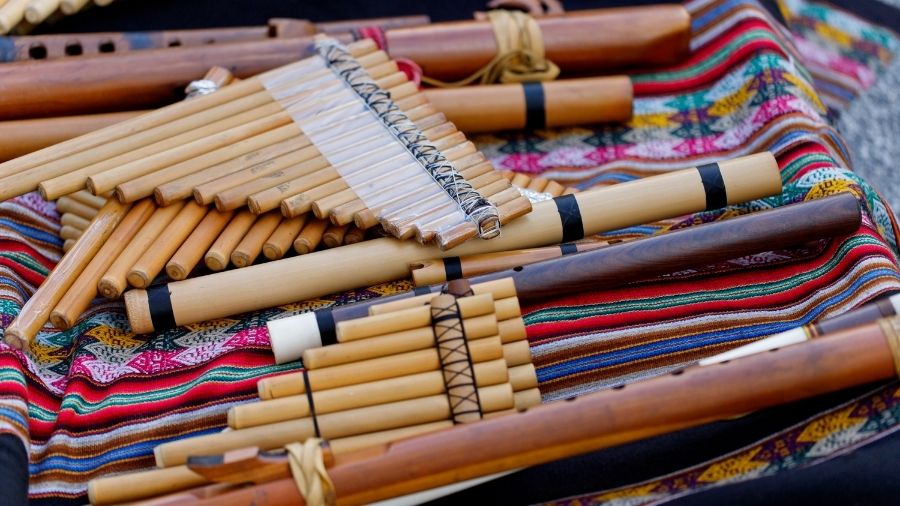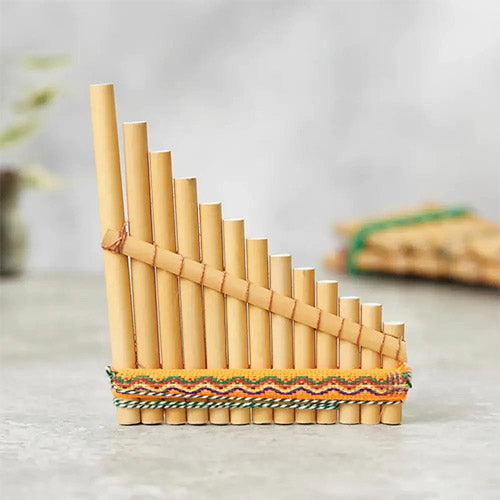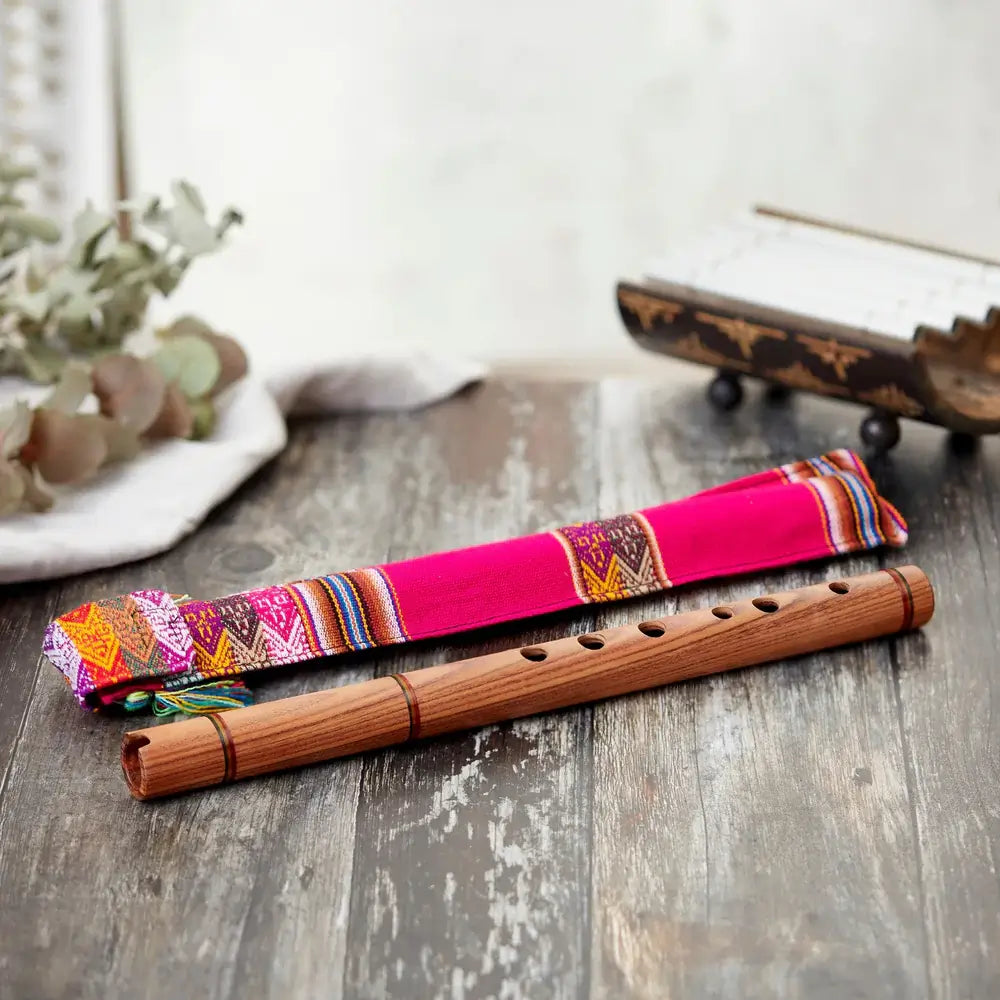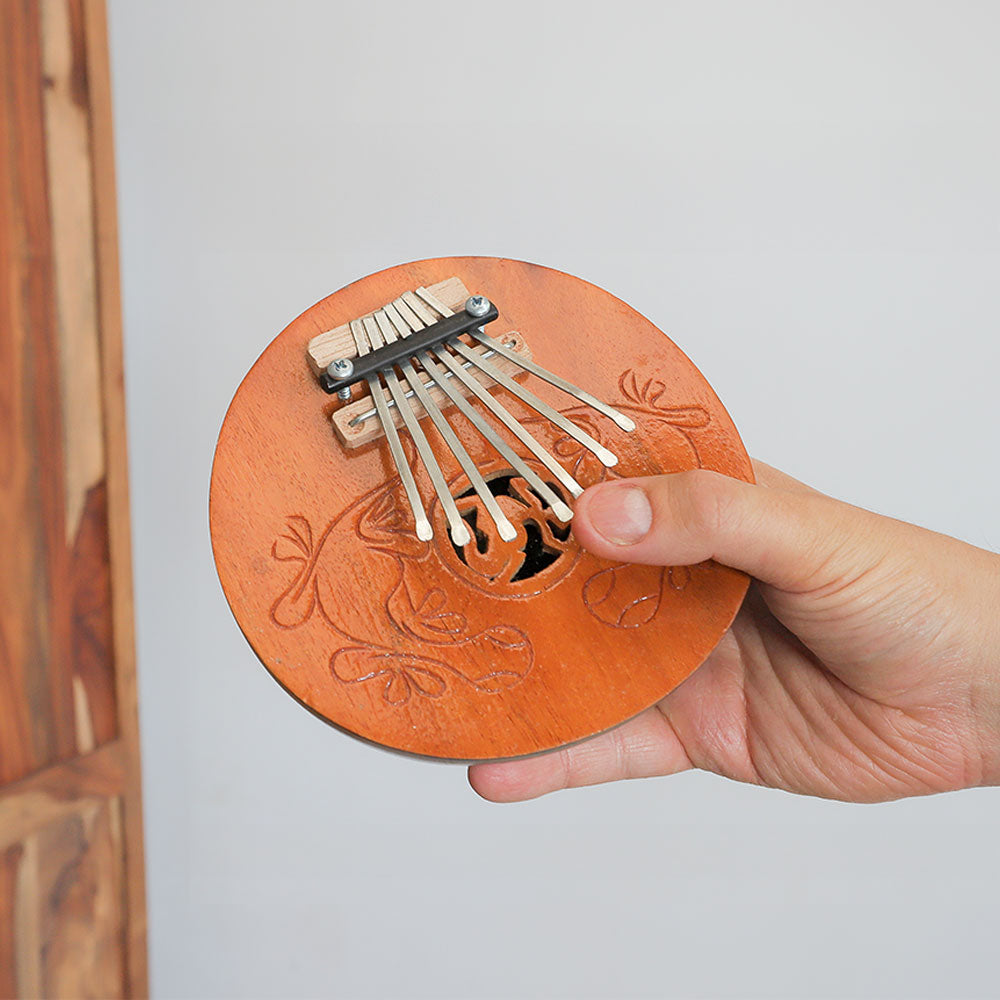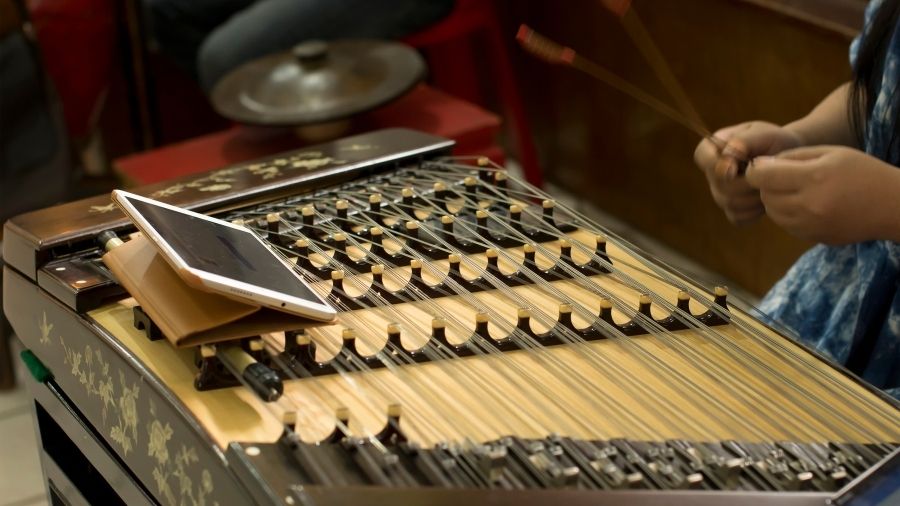Peru's musical traditions are rich with history, heavily influenced by indigenous cultures, and have evolved through centuries of blending with Spanish, African, and other regional influences. The country's music is marked by its use of unique instruments, many of which are deeply rooted in Andean traditions. Folk music is played during performances and is popular with people in Peru. The instruments have a unique sound that encompasses Peru's rich history. We will discover 10 traditional Peruvian musical instruments that are well-known throughout the country.
1. Charango

The charango is made from wood, although traditionally, it was made from an armadillo's shell. It has a loud pitch sound and is classed as a string instrument, similar to a guitar.
2. Quena

The quena is a traditional Andean flute, typically crafted from wood and bamboo. It is used during celebrations and large gatherings due to its delicate and clear sound. It features Andean folk music and is played alongside other instruments like the panpipes or the charango. It is traditionally played in Peruvian music, captures the essence of the Andes, and is well-known.
3. Panpipes (Zampoña)

The Zampona panpipe pan flute instrument consists of many pipes and is loved within the Andean region. The pipes range in length and are made from bamboo giving the panpipes a light but comforting airy sound. The zampoña's tones are a defining characteristic of Andean music. The instrument is played by blowing across the open ends of the pipes, and it is frequently featured in both traditional and contemporary music of Peru and other Andean countries.
4. Cajón
The percussion instrument known as a cajón originated in Peru. There are many different varieties. They are commonly found in music studios as they produce powerful beats that can be used for performances and recording sessions. It is traditionally played by sitting on the box-shaped instrument and striking its surface with the hands. Initially used in Afro-Peruvian music, it has since gained widespread popularity, particularly in genres like flamenco and Latin jazz. Another variety is the portable cajon which can be played on the go.
5. Bombo

The bombo has a strong sound created by the wood design. It is often heard at large celebrations or festivals and is widely used in the Andean region. The bombo is typically featured in folk music and is used at celebration events and festivals.
6. Tarola
The tarola is used in performances to create strong rhythms. It is played alongside percussion instruments and is classed as a snare drum. Due to its loud, energetic beats, it can be heard in Andrean music and works well in dances, festivals, and celebrations. It produces a strong sound when played and creates uplifting music.
7. Cymbals (Platos)

The cymbals, or platos, used in Peruvian music are typically larger and heavier than those found in Western orchestras. Playing alongside other percussion instruments produces a bright, sharp sound that enhances the rhythm and adds intensity to the music.
Platos are a prominent feature of traditional Peruvian music, frequently used in celebrations and festivals. Their shimmering, triumphant tone helps create a lively, festive atmosphere, making them an essential part of the musical landscape during special occasions.
8. Siku Bamboo Pan Flute
This instrument features two pipe rows, where the pipes are played simultaneously like the panpipes. The siku is a wind instrument, and the bamboo tubes create a delicate sound. The siku is a traditional Andean wind instrument made of a series of pipes, each of varying lengths. The siku pipes are played by blowing through the open ends of the pipes, creating a unique, harmonious melody. The siku is often used in ceremonial and celebratory music.
9. Ocarina

Whilst originiating in Italy, the peruvian ocarina is a small traditional wind instrument made from clay or ceramic. It has a distinct, flute-like sound and is played by covering different holes to create different pitches. Due to its beautiful sound, the ocarina is often used in dances and festivals. It is played with the fingers and is part of traditional folk music in the Andes area.
10. Charangón
The charangón is a larger version of the charango, boasting more strings and a fuller, deeper sound. Like the charango, it is played with the fingers or a pick, but its size and tonal richness make it especially suited for larger performances and more complex musical arrangements. The charangón adds depth and resonance to traditional Andean music, remaining a key instrument in southern Peru and the broader Andean region. Its unique sound plays a vital role in contemporary and traditional Peruvian music.
Want to see the full collection? Click here to explore more!

